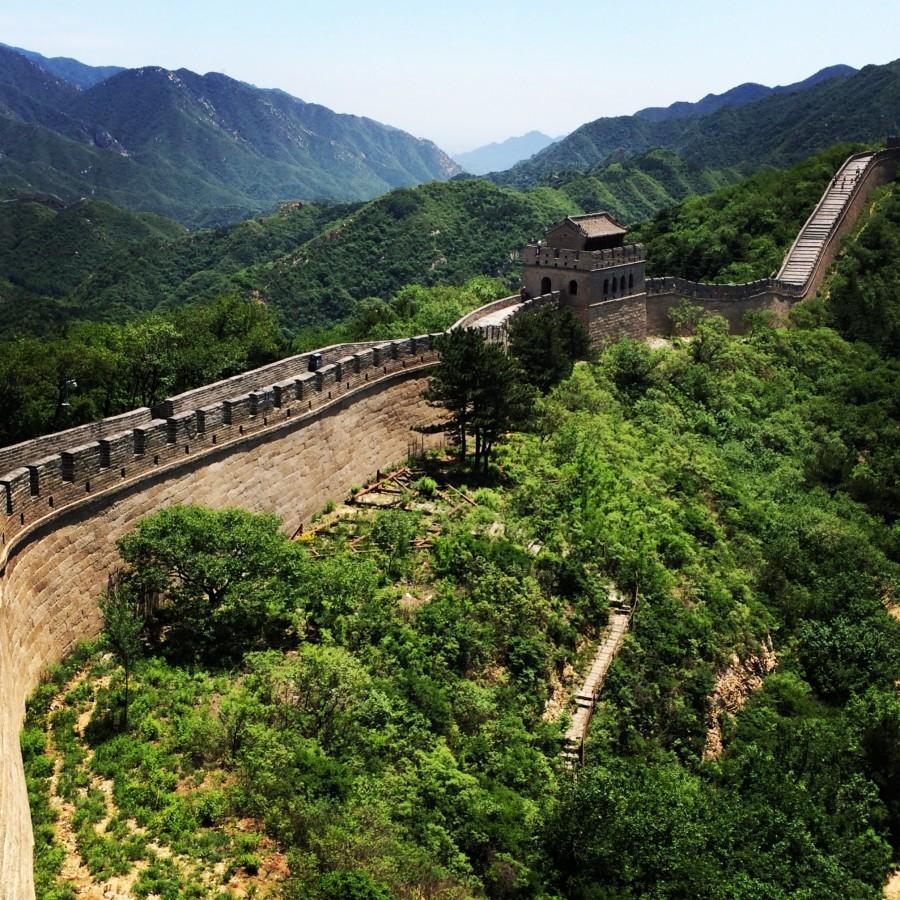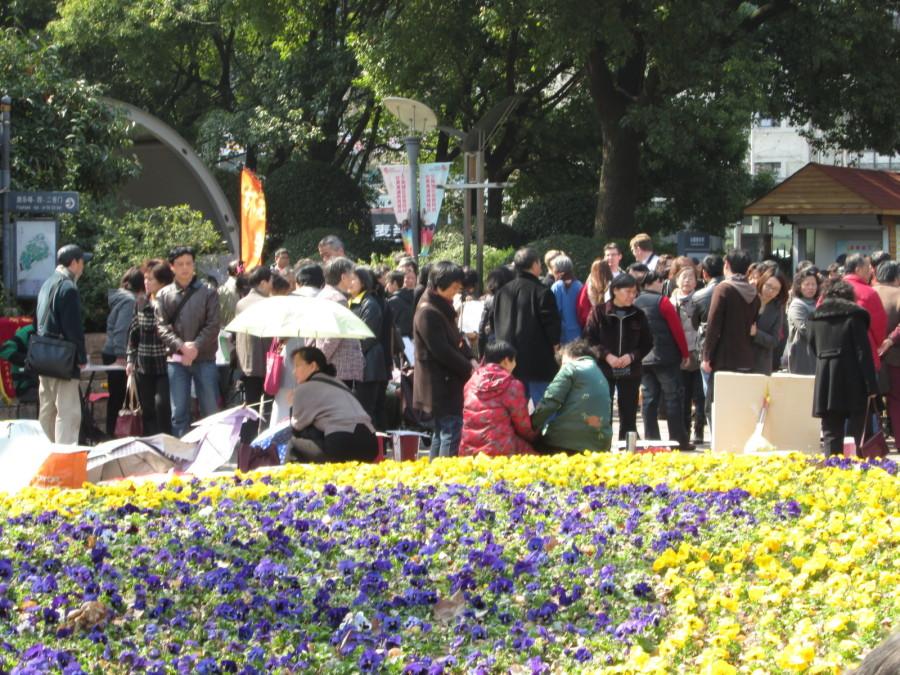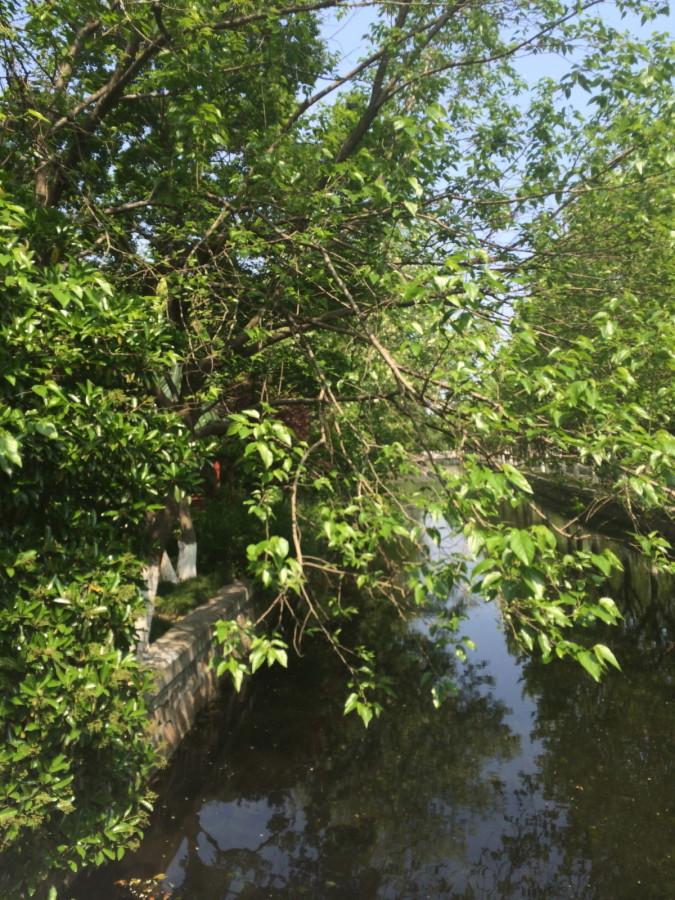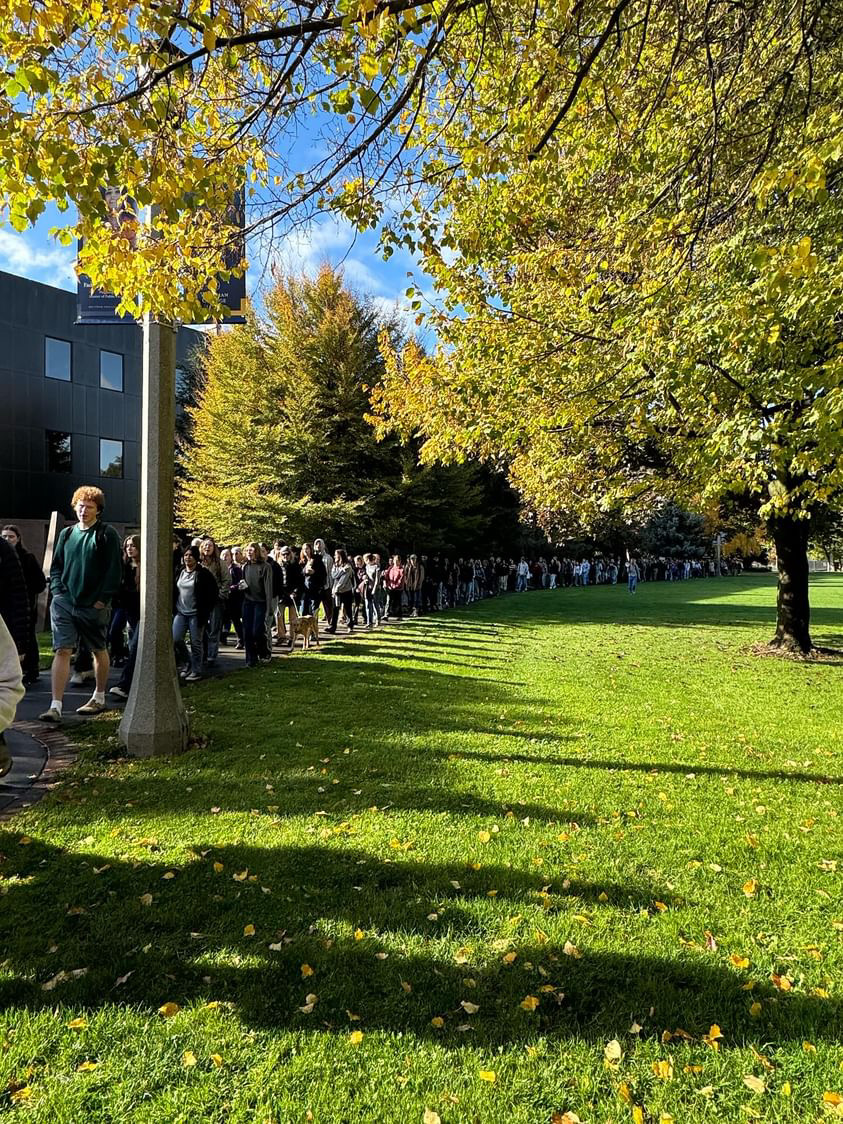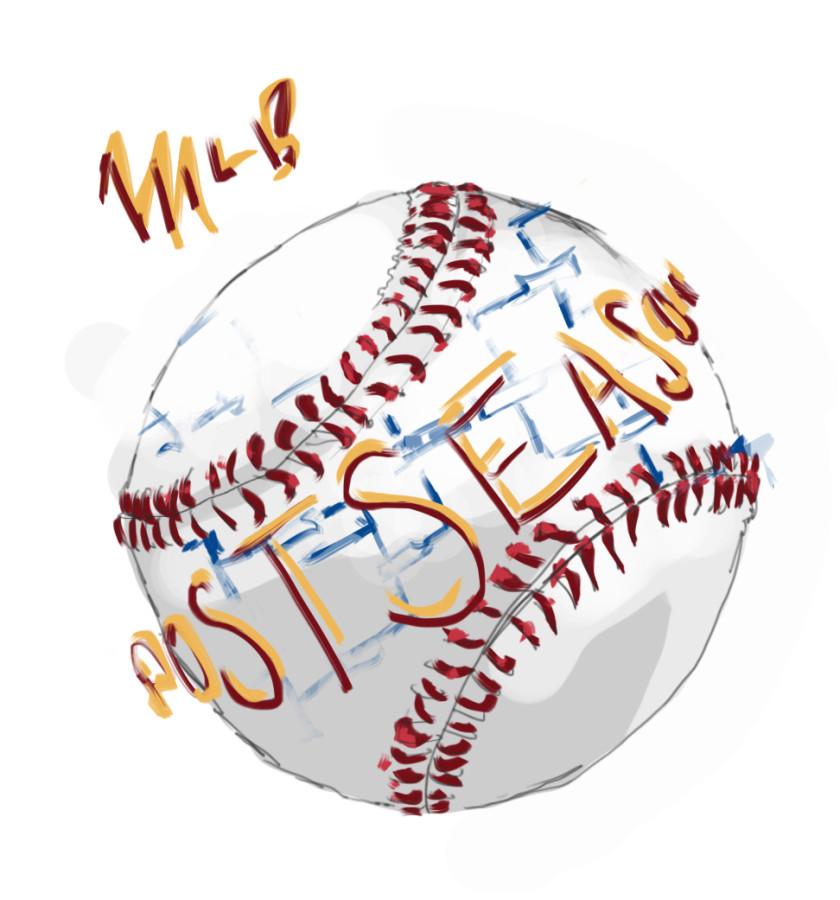This past weekend was the CIEE Weekend Trip and I along with 27 other students and 3 professors went to Nanjing. The other options were Hangzhou, Yangzhou, and Wu Zhen but I chosen Nanjing because of its rich history.
Nanjing (å—京)is the capital of Jiangsu province in Eastern China and literally translates as “Southern Capital” because å— = south and 京 = capital.* Fun language tangent: Beijing (北京)literally translates as “Northern Capital,” because 北 = north and京 = capital. City names in Mandarin are really interesting when you know the definitions of the individual characters!
Back to Nanjing’s history. Nanjing is one of the “Four Great Ancient Capitals of China” and was the capital for six dynasties: Wu Kingdom, West Jin, Song, Qi, Liang and Chen. In addition, before the Guomindang (KMT) moved to Taiwan, it was the capital for the Republic of China. It’s the second largest city in East China after Shanghai and this summer it will host the 2014 Summer Youth Olympics. I had not heard of the Youth Olympics before being bombarded with advertisements at the Nanjing Railway Station, so I jokingly asked another CIEE student how much younger these kids are since they only have to be 15 to compete in the regular Olympics. My classmate said six or seven but I didn’t believe her so I looked it up (on Wikipedia) and the Youth Olympics age limit is actually 14-18.
It was an exhausting weekend––we were always moving somewhere but it was great because we got to see a lot in two days. Saturday morning started with a 5 am wake-up call because I had to be at school at 6:20 am to catch the bus with everyone to the train station. I did NOT want to be late and have to figure out my first train ride in China by myself so I made sure to give myself plenty of time. To be at school at 6:20 am, I had to leave my house at 5:30 am but I was a little nervous because the metro does not run that early in the morning and even though the buses are supposed to be running, if I missed mine by a few minutes (since there is no schedule), I would be stuck. My host mom suggested I wait at the bus station for a bus or taxi, whichever came first. 5:30 am rolls around and I’m out the door heading to the bus stop. There was next to no one on the street. A few motorbikes but that was it. It was so shocking to see the road so empty. I waited for a few minutes at the bus station before a taxi drove by so, still a little terrified I would miss the CIEE bus, I called him over. The taxi ride was quite uneventful but I did arrive 30 minutes early and had to wait in the cold next to the main gate of ECNU. It was all right though because it’s better to be early than late.
Our first stop was the City Wall of Nanjing (å¤åŸŽå¢™). China is known for its city walls and Nanjing’s are quite impressive. These walls were built 600 years ago during the Ming Dynasty. They took 21 years to complete and used 200,000 laborers to move 7 million cubic meters of earth. There were originally 13 gates but five more were added by the end of the Qing Dynasty. Only two of the originally 13 gates are still standing. Nanjing’s walls are particularly interesting because they are winding and free style instead of rectangular like Beijing’s and Xi’an’s.


After the City Wall we had lunch and then went to see Dr. Sun Yat-sen’s Mausoleum (ä¸å±±é™µ). The construction of the mausoleum began in January 1926 and was finished in the spring of 1929. Dr. Sun is considered the “Father of Modern China” (both in mainland China and Taiwan) because he helped overthrow the last imperial dynasty (Qing) and founded the Republic of China.
The mausoleum is located at the base of the second peak of the Purple Mountain in Nanjing. The vault with Dr. Sun’s sarcophagus is 700 meters away from the main square and to get from the main square to the vault, you need to climb 392 steps. It’s 392 because that’s the number of characters in his two wills. The climb was not that bad until the last 75 steps, during which there was a lot of grumbling about why he couldn’t have written a shorter will. The climb was definitely worth it though because the sacrificial hall, right before the vault, is beautiful. It’s not very large, only 30 m x 25 m x 29 m but in the center there is a marble statue of Dr. Sun sitting in a chair looking out over Nanjing. At the back of the hall there was a door to see his sarcophagus, but unfortunately, they close the doors after the first 10,000 visitors and since it was a weekend, by 2 pm there had already been well over 10,000 visitors.


To round off the day, we went to the Temple of Confucius (夫å庙) and adjacent shopping district. We did not actually go into the Temple of Confucius but spent a few hours bargaining at the different stalls and getting food for dinner before our night cruise on the Qinhuai River (秦淮河). I ended up buying a calligraphy pen and a special piece of practicing paper in which you use water so the paper dries and you can keep reusing it. Apparently my host dad is really good at calligraphy (according to my host mom) so I hope we can practice calligraphy together in the near future!
The boat cruise was spectacular but we went at night so I couldn’t really take any photos without them being blurry from the lights. The whole square next to the temple was decorated with lanterns and it was so cool. Apparently during the Chinese New Year there are even more lanterns so I really want to come back to China during the the Lantern Festival.

The following day (Sunday), we went to the Presidential Palace (总统府), which housed the Office of the President of the Republic of China before ROC moved to Taiwan. Both Dr. Sun Yat-sen and Chaing Kai-shek had their offices in the palace and I got to see them (they looked like regular offices, with a desk and lamp, but it was still cool to think about the people who worked in there). After the Communists captured Nanjing in 1949 and the Republic of China fled to Taiwan, Mao Zedong moved the country’s capital to Beijing and that’s where it has remained ever since; however, the Presidential Palace was still used for government functions until the late 1980s when it was made a museum. Fun Fact: the Nanjing Presidential Palace is one of the few places in Mainland China where the flag of the Republic of China is publicly displayed.





Our last stop before catching the train back to Shanghai was the Nanjing Memorial Hall (å—äº¬å¤§å± æ€çºªå¿µé¦†). This memorial hall commemorates the 300,000 victims killed in the Nanjing Massacre during the Second Sino-Japanese War (referred to in China as the “Japanese War of Aggression”) (1937-1945). This museum has an immense collection of pictures, objects, charts and photographs that document the Rape of Nanjing. The Rape of Nanjing lasted six weeks and began on December 13, 1945 when Nanjing fell to the Japanese. We only had an hour to look around the museum and it’s absolutely massive. If you are ever in Nanjing, you must go to the museum and stay for at least two or three hours. There are three different parts to the memorial (outdoor exhibits, remaining bones of the victims and actual museum with historical documents). I was only able to go through half of the museum in an hour–that’s how big it is! It was a very solemn end to the trip but definitely the most meaningful activity. I am currently reading The Rape of Nanking by Iris Chang. It is incredibly informational about a massacre that is often not included in WWII history books. Well worth the read.
We got back to campus around 7 pm so I got home at 7:45 pm. It was great to see my host parents again and they had so much food prepared for me! They are really the sweetest couple and couldn’t be taking better care of me.
So that was my weekend trip––a lot of my fellow CIEE students were joking around that we needed a weekend to relax from the weekend trip. I couldn’t agree more! It was a great trip though and I’m excited to go visit other nearby cities.
-Little Sparrow
*All the information in this post about the different destinations is either from CIEE’s weekend trip guidebook or from our tour guide.

